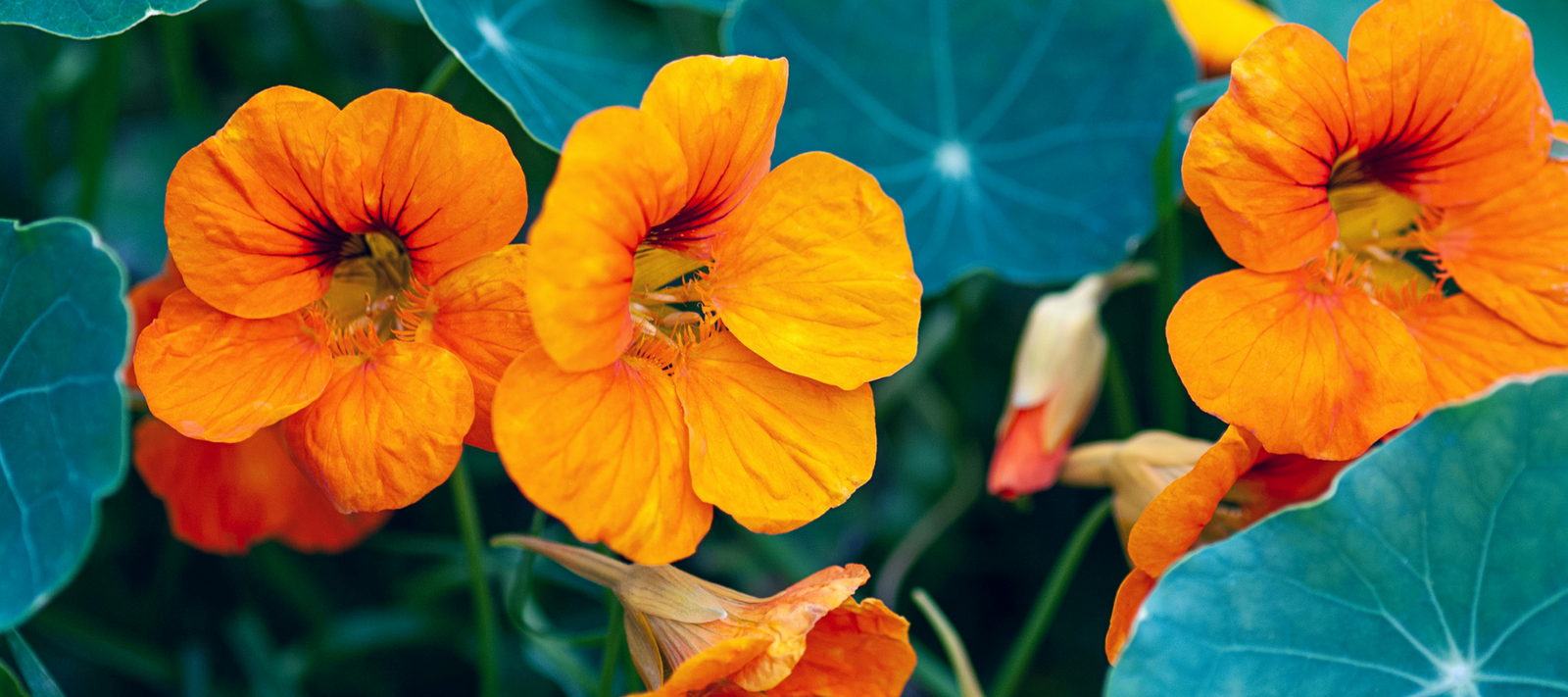
Nasturtiums are the ideal multi-purpose plant. Every part of the nasturtium is edible and delicious. The leaves and flowers have a warm, tangy flavour. Pick a few and toss the petals into a salad or float a blossom on top of a drink or soup. On top of all of that, nasturtiums are great as a companion plant, repelling some pests, encouraging pollinators, and sometimes acting as a sacrificial crop to protect more valuable plants. There are so many reasons to grow nasturtiums throughout your garden.
Not only that, but the nasturtium seeds are also edible and are sometimes called poor man's capers! They are actually more peppery than capers, but you can use them in ways that are similar to how you would use capers. These substitutes are made from the still-firm seeds of nasturtium plants, so they start off crisper and tangier. The basic recipe is very simple - it involves making a quick pickle of the seeds. You can also use them as they are, on salads and in sauces or as a flavourful garnish.
This nasturtium recipe takes advantage of the plant's peppery seeds and is a very easy way to pickle them.
- Pick nasturtium seeds from the nasturtium plants in Spring or Summer.
- Place nasturtium seeds in a bowl of cold water and swirl around to remove the dirt. The dried stems and flower parts will float to the surface.
- Add clean pods to a pickling jar. Fill a small saucepan with water, vinegar, salt, and sugar, bring to a boil. Add a few sprigs of fresh dill in the jar, then pour pickling solution over the pods.
- Seal and place in a dark, cool, spot. Allow to pickle for at least one to two weeks. Store in the refrigerator after that.
Nasturtiums are gorgeous and so easy to grow. Now there is even more reason to plant them in your garden.


